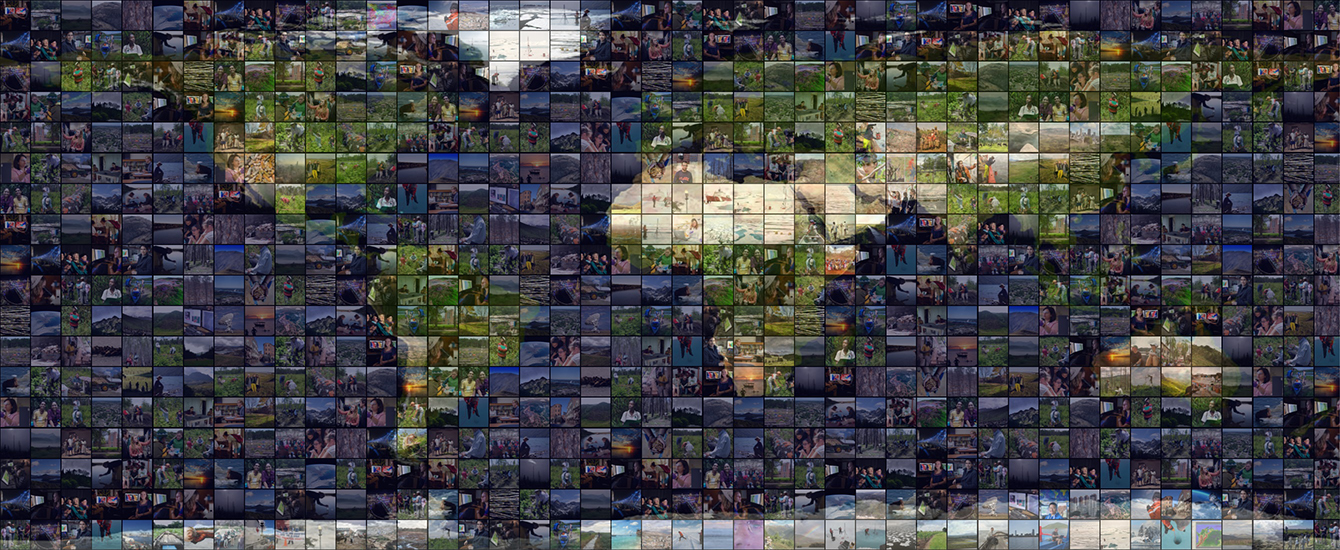Geography
A high-resolution GIS-based inventory of the west Siberian peat carbon pool
Abstract
The West Siberian Lowland (WSL) contains the world's most extensive peatlands and a substantial fraction of the global terrestrial carbon pool. Despite its recognition as a carbon reservoir of great significance, the extent, thickness, and carbon content of WSL peatlands have not been analyzed in detail. This paper compiles a wide array of data into a geographic information system (GIS) to create a high-resolution, spatially explicit digital inventory of all WSL peatlands and their associated physical properties. Detailed measurements for nearly 10,000 individual peatlands (patches) are based on compilation of previously unpublished Russian field and ancillary map data, satellite imagery, previously published depth measurements, and our own field depth and core measurements taken throughout the region during field campaigns in 1999, 2000, and 2001. At the patch level, carbon storage is estimated as the product of peatland area, depth, and carbon content. Estimates of peatland area are validated from RESURS-01 satellite images, and the quality of the Russian peatland depth and carbon content data is independently confirmed by laboratory analysis of core samples. Through GIS-based spatial analysis of the peat areal extent, depth, and carbon content data, we conservatively estimate the total area of WSL peatlands at 592,440 km2, the total peat mass at 147.82 Pg, and the total carbon pool at 70.21 Pg C. Our analysis concludes that WSL peatlands are more extensive and represent a substantially larger carbon pool than previously thought: Previous studies report 9,440-273,440 km2 less peatland area and 15.11-30.19 Pg less carbon than found in this analysis. The complete digital database is freely available for scientific use at http://arcss.colorado.edu/data/arcss131.html. Copyright 2004 by the American Geophysical Union.



